Hear the Wind Sing is Haruki Murakami’s first book. The short novel was published in 1979.
The story takes place in August 1970 when the nameless narrator is in his early twenties. He is spending his time mostly drinking beer with his friend, the Rat (we never learn his real name) and the barkeeper J (we also never learn his real name). There is also a girl – you guessed it already: her name is never revealed – who has only nine fingers, with a mother she doesn’t like (we never learn why), and a twin sister to whom she is equally not close (not surprisingly also the reason for this remains a mystery). She works in a record store, and this leads to some references to mostly popular music of that time. The music plays a big role, there are also conversations with a radio DJ with a hiccup, and a letter of a hospitalized girl to the DJ from which is quoted extensively. Apart from that, there is a random meeting with a woman in a bar who drinks several gimlets, makes several phone calls, and goes to the bathroom several times. For some reason, the narrator and the Rat talk about books although the latter is not a reader. Containing no sex scenes and having no one in it who is dying are considered as the main characteristics of a good novel (for which reason they consider this as important is, you know it by now, not explained). The girl has an abortion, and disappears later completely. The narrator mentions the three girls with whom he had sex previously and who all committed suicide. Oh, and there are also some sentences about the pulp fiction writer Derek Hartfield and his bizarre suicide in 1938.
When this blog post seems like a mess to you, it is not my fault. Most of the things happening in this book seem to me completely pointless and not connected to each other. I didn’t understand why things were happening or what was the function of a single of the described events. The characters are shallow, the dialogues bad Hemingway. Maybe it was the intention of the author to show these young people as representatives of a counter-culture, a generation that had no intention to become part of the mainstream Japanese post-WWII society with its salarymen and consumerism. But if that was the idea, it would have been a good thing to describe a little bit more realistic characters with some depth that would have been able to attract some interest and empathy from the side of the reader, and not the flat placeholders without names in this to me pointless narrative.
This is a book for you if you are a big fan of Haruki Murakami. For all the others I can’t recommend it. Fortunately, it is a short book, I read it in one sitting. There is a sequel, Pinball, 1973, which I have also on my shelves. Not really sure if I want to read it.
It is a strange thing. So many people are raving about Haruki Murakami and his writing, he is every year on top of the list of the most probable candidates for the next Nobel Prize for Literature. But to me he seems not to be a remarkable author of literary fiction, although I tried by now already quite a considerable number of his books. The only work by him that greatly impressed me so far was his non-fiction Underground, which I have reviewed here.

Haruki Murakami: Hear the Wind Sing, translated by Ted Goossen, Vintage 2016
Other Reviews:
Tony’s Reading List
© Thomas Hübner and mytwostotinki.com, 2014-7. Unauthorized use and/or duplication of this material without expressed and written permission from this blog’s author and/or owner is strictly prohibited. Excerpts and links may be used, provided that full and clear credit is given to Thomas Hübner and mytwostotinki.com with appropriate and specific direction to the original content.


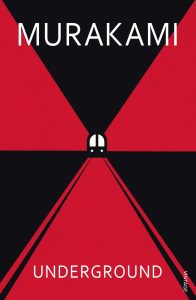
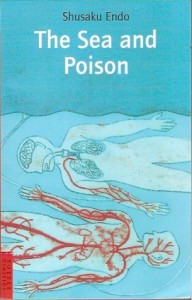

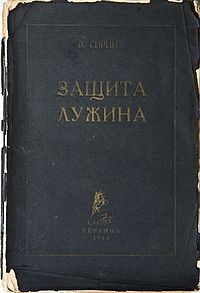
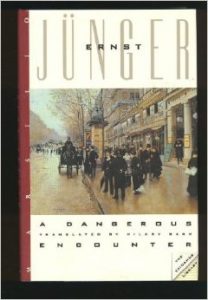
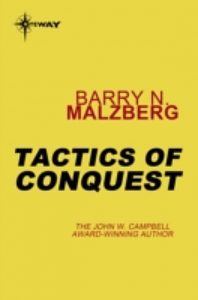


 Facebook
Facebook RSS
RSS Twitter
Twitter